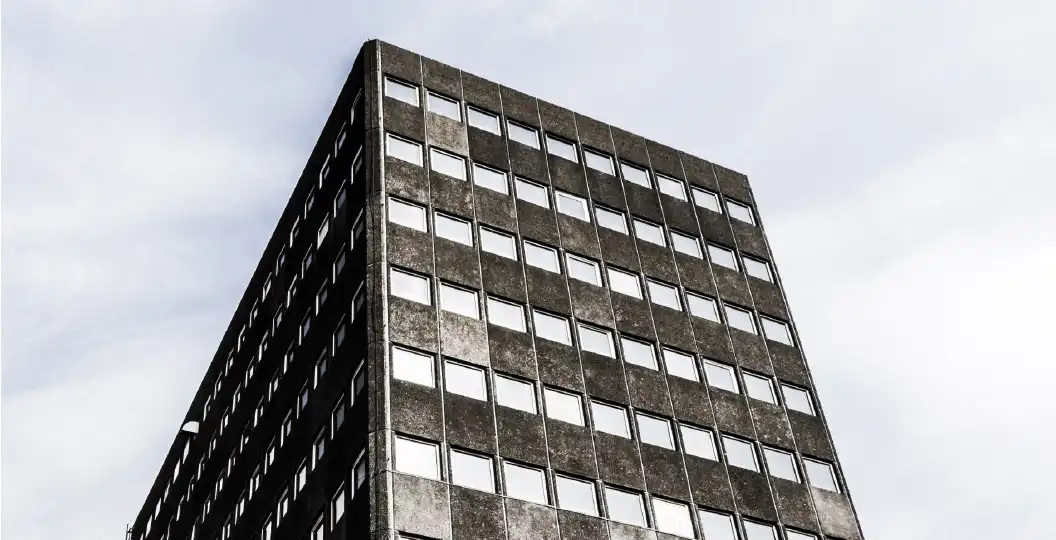
Log in as a...
New!
We’ve partnered with CREA to help improve your member experience and give your information the best security possible.
Click Here for additional instructions on the member login.
You will be returned to OREA once you have successfully logged in.
April 29, 2019
Surplus and Underutilized Government Lands Key to Home Ownership
As Ontario’s lack of housing supply continues to push home ownership further out of reach for young families and first-time home buyers, provincial housing experts are urging the Ontario Government to leverage the nearly 6,000 public lands across the Greater Golden Horseshoe for housing development opportunities.

Research shows nearly 6,000 government-owned properties could be used for housing
TORONTO, ON, APRIL 29, 2019 – As Ontario’s lack of housing supply continues to push home ownership further out of reach for young families and first-time home buyers, provincial housing experts are urging the Ontario Government to leverage the nearly 6,000 public lands across the Greater Golden Horseshoe for housing development opportunities.
New research from Ryerson University’s Centre for Urban Research and Land Development (CUR), the Ontario Home Builders’ Association (OHBA) and Ontario Real Estate Association (OREA) shows that some Government-owned properties are already being used for the development of thousands of new rental, affordable housing and market value units. However, thousands of other properties that are currently sitting underutilized present prime potential for building a variety of housing options, including:
- Surface and underground parking lots – A study by the Toronto Region Board of Trade identified 180 Toronto parking lots alone that could be developed;
- LCBOs – many one-storey LCBO buildings are surrounded by high-rises and could themselves be redeveloped into mixed use or residential developments;
- Underutilized school sites – School boards may have surplus site development opportunities that are going untapped such as underutilized schools.
To expedite the process required to unlock these government lands, CUR, OHBA and OREA recommend the Ontario Government:
- Identify and create an inventory of surplus and underutilized Government lands across Ontario including crown corporations and Government agencies such as LCBO and school boards;
- Utilize land leasing of surplus land to private and not-for-profit builders to develop affordable housing and mandate it remains affordable;
- Help municipalities weigh the costs and benefits of selling the land at market value versus below market value to support affordable housing;
- Earmark some of the gains from market value sales of lands towards affordable housing projects.
“Across Ontario there are parking lots, aging under-utilized buildings and empty land lots owned by our governments that should be put to better use,” said Joe Vaccaro, OHBA CEO. “Now is the time for the province to take bold action and respond to real housing demand by taking a market-driven approach with these properties and create more housing and better affordability for home believers across the province.”
“The Province of Ontario, the Federal Government and the City of Toronto are the three largest land owners in the GTHA,” said Tim Hudak, OREA CEO. “With the dream of home ownership slipping out of reach for too many Ontarians, it’s time that the Government and its agencies stopped sitting on surplus and underutilized land. Freeing up even part of this empty land can make a huge difference for affordable housing options for Ontario families.”
The research report – “Governments in Ontario Marking Headway in Using Surplus Lands for Housing” – was commissioned as part of both OREA and OHBA’s submissions to the Ontario Government’s Housing Supply Action Plan consultation.
-30-
EXAMPLES OF GOVERNMENTS USING SURPLUS/UNDERUTILIZED LANDS TO PROVIDE AFFORDABLE HOUSING
SALE OF LAND BELOW MARKET VALUE
New York City’s New Housing MarketPlace Plan built and refurbished over 165,000 housing units between 2003-2014 across a city that matches Toronto in geographic size. Through this plan, the City of New York provided surplus Government land for development at well below market value to support affordable housing options.
LEASE OF GOVERNMENT LAND
In 2017, the Province of Ontario leased the West Don Lands for 99 years to developers. Plans are to build 2,000 units, 30 per cent of which will be dedicated to affordable housing.
UNDERUTILIZED LAND
The LCBO headquarters and warehouse along the Toronto waterfront was sold to a developer. The LCBO will lease back its space in the new development and 1,500 homes are being built on the remaining 11 acres of land.
SALE OF GOVERNMENT LAND NEAR TRANSIT
The Province of Ontario sold 2.7 acres near a future GO Train Station in Hamilton to allow a 6-storey development of 151 housing units.
Share this item
For more information contact
Ontario Real Estate Association
Jean-Adrien Delicano
Manager, Media Relations
JeanAdrienD@orea.com
416-445-9910 ext. 246
OREA AI Assistant